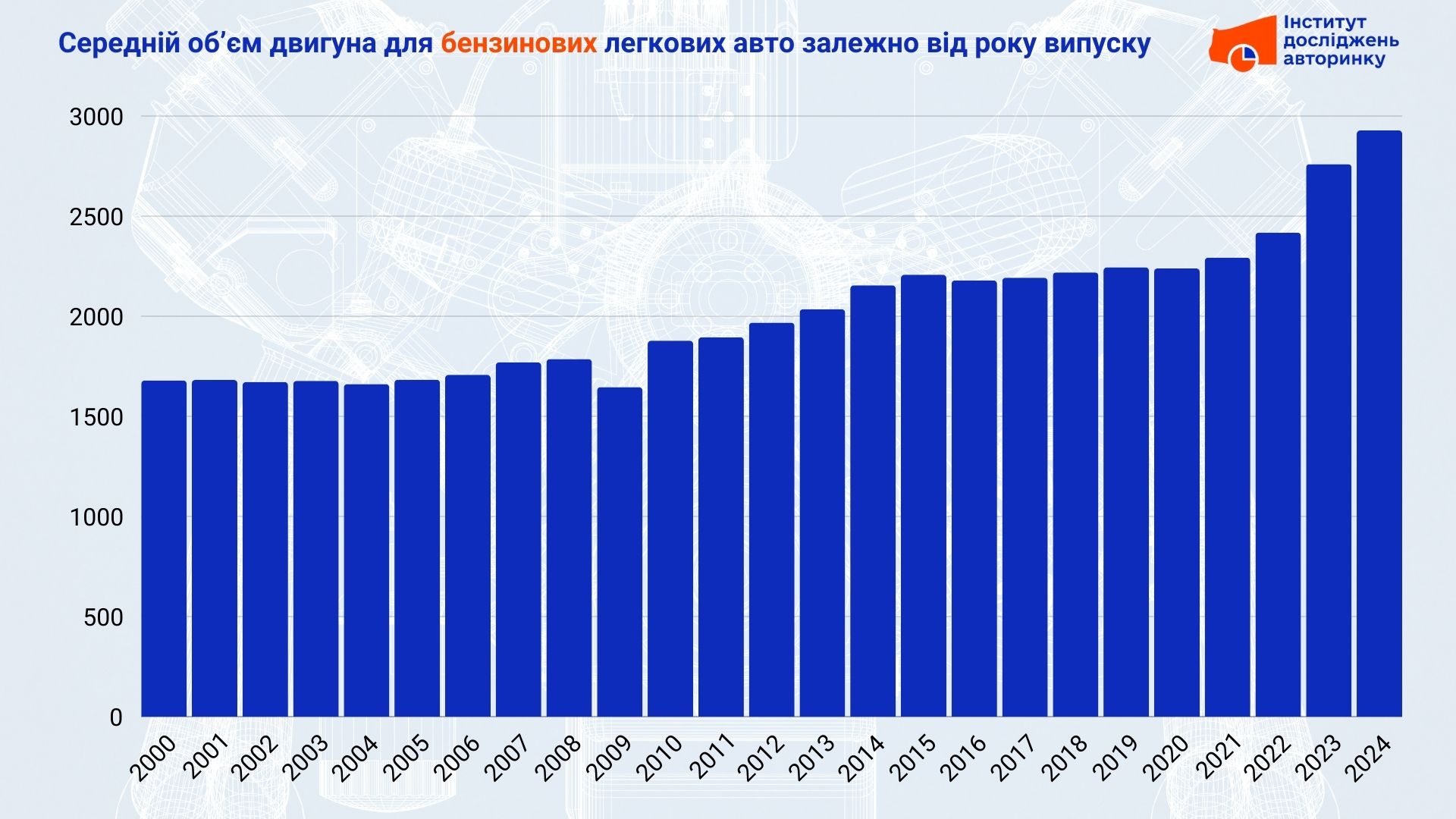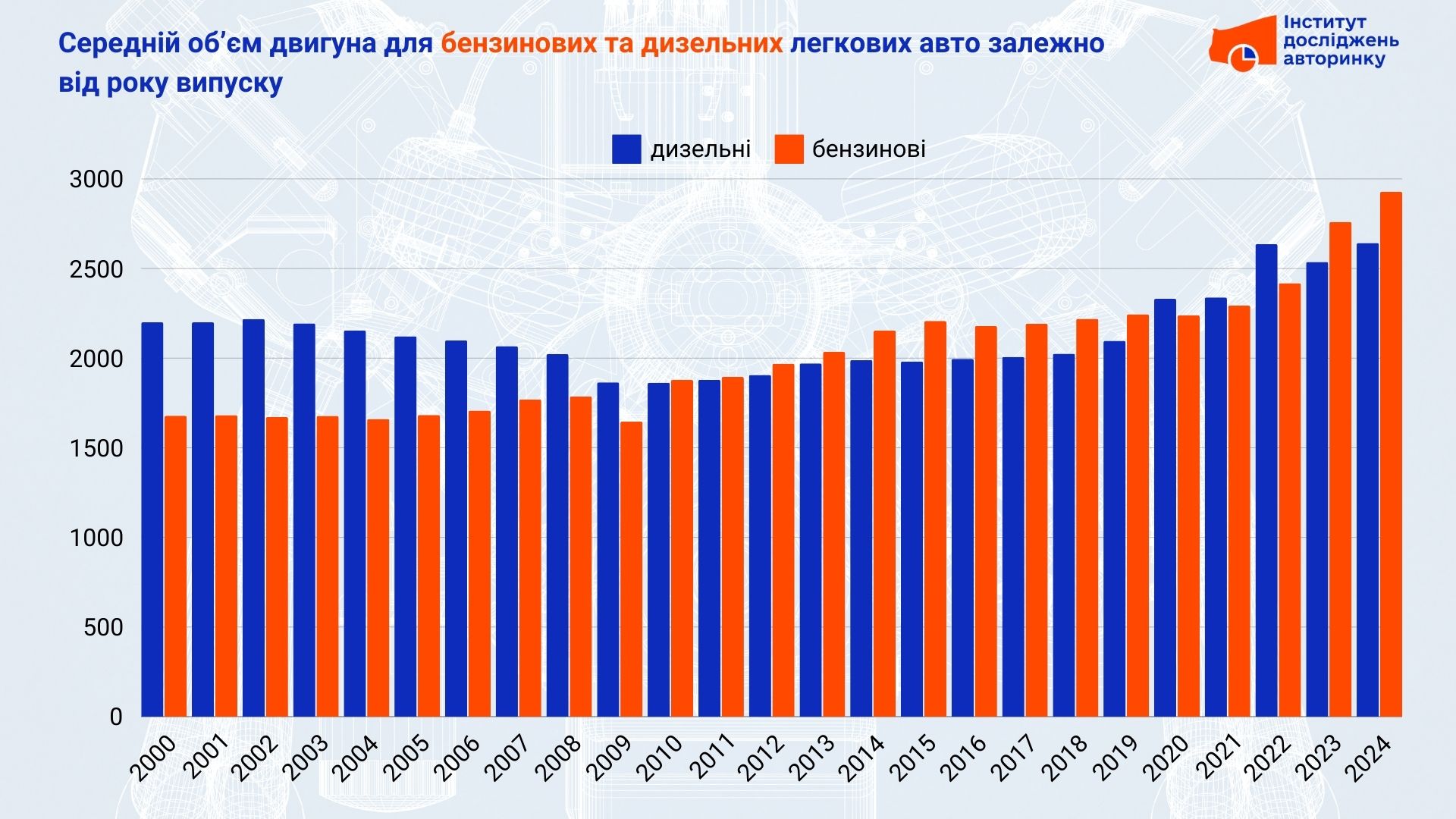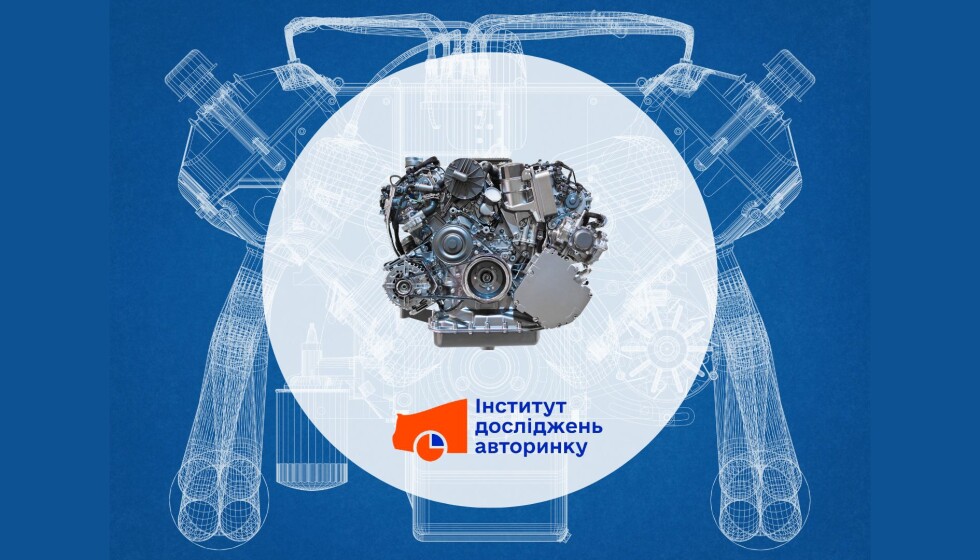The gradual strengthening of environmental requirements and the increase in fuel prices forced motor engineers to abandon the path of increasing the number of cylinders and "literage" in order to obtain more power, and to look for other solutions. What have become the introduction of electronic control systems for internal combustion engines, direct gasoline injection, regulation of gas distribution phases in real time and the use of turbocharging.
The last moment made it possible to significantly reduce the working volume of the cylinders, which is sure to please eco-activists, as well as owners who pay less for their car insurance, while unnecessarily denying themselves the pleasure of driving sufficiently powerful cars. Dissatisfied are only the bearers of stereotypes who know little about modern engineering, but are sure that an engine with a relatively small volume of cylinders will definitely be "weak" and "unreliable".
However, letʼs leave the "garage gossip" and move on to our main topic of research: if every year more and more turbocharged engines are offered, which are not inferior in power to twice the "cubic" versions, and often even win in terms of torque, then this should be reflected on the market. So the hypothesis is as follows: the newer the cars on the market, the smaller the average volume of cylinders should be. We will check that.
- IDAʼs partner West Auto Hub will help deliver any car from Europe on a turnkey basis .
About the methodology: we will consider the Ukrainian car market, the segment of passenger cars with mileage. This is because the secondary market is larger in volume, has fewer restrictions — buyers have a greater choice, among millions of offers from all over the world, as opposed to a limited offer in local car dealerships. And we will determine what the average working volume of cylinders was in gasoline and diesel cars of certain years of production in cars that were sold during 2023 and the first quarter of 2024. We will delve into the year 2000.
It is worth noting that, for the sake of the purity of the experiment, we also examined the segment of new cars for the past 10 years, and it turned out to be not too revealing — during this time, the volume of car engines bought new in Ukraine did not change much — on average, it is 1, 8 liters for gasoline, and 2.2 liters for diesel versions. The range of change of this indicator, which is completely nonlinear to time, was +7% -19% for gasoline cars, and -15% +17% for diesel cars. Which confirms the opinion that the offer formed by the dealers was more influential here than the wishes of the buyers.
Gasoline engines
So what did this aftermarket research reveal? Has everyone already switched to gasoline turbo engines with a volume of 1.3...1.6 liters? The answer will be unexpected: no, and even vice versa: from an average of 1.7 liters for cars in 2000, this indicator has increased to almost 3 liters for cars in 2024!

Diesel engines
And what about diesel engines, where "turbo" was introduced much earlier, and now it is almost impossible to find diesel versions with direct air supply without any superchargers on the market? Here, the contrast is not as noticeable as in gasoline versions, but the trend is the same: from an average of 2.2 liters in 2000, the "literage" has increased to 2.6 liters in 2024.

It is interesting that for some time in the diesel segment there was a decrease in the average volume of the engine — for cars with the year of manufacture from 2008 to 2017, but then Ukrainian motorists again took the course to buy "volumetric" versions.
It is possible to superimpose on one diagram both segments — gasoline and diesel engines, and their average working volumes of cylinders for individual years of car production. Despite some differences, such as the long-term "settlement" of volumes in diesel engines, in the end they came to one thing: despite the latest technologies that allow reducing the "liter" without harming the power, as well as the significant increase in fuel prices, a direct connection can be traced : the fewer years the car is, the more often buyers focus on more "volumetric" versions.

What is the reason for this phenomenon?
Most likely, there are several of them here. One of them is that in the secondary market in the segment under 5 years there is a significant share of premium brands, which, despite all the "eco-markets", still offer their customers diesel engines with larger than average volumes.
For gasoline cars, the year of production of which is from 2014, there is a sign of filling the park with American cars, some of whose manufacturers were also in no hurry to switch to the latest "turbos", besides, as mentioned above, Ukrainian buyers, due to the effect of certain stereotypes, prefer "ob" "Capacitive" engines of early designs, on which you can additionally install gas cylinder equipment.
The popularity of crossovers and SUVs in our market, a considerable part of which is equipped with "volumetric" engines, also has its influence. Currently, the SUV segment is the first in terms of share in the secondary market of Ukraine.
To all this, certain cultural features can be added, in particular, the attraction of Ukrainian buyers to higher-class cars with, accordingly, larger engines, as well as the lack of state regulation of operational environmental standards and technical inspection. An increase in the price of mandatory insurance ("autocivilka") with an increase in engine capacity does not have a significant impact on buyersʼ decisions.
Over time, if the growth in sales of electric vehicles does not stop, "volumetric" passenger cars will be replaced by electric ones, and it is already clear that buyers will look for options with the maximum available power, by analogy with passenger cars, which we have just examined. After all, Teslaʼs first place in trading volume is a direct confirmation of this.
Subscribe to the Telegram channel of the Auto Market Research Institute to be the first to receive information without advertising or spam.



